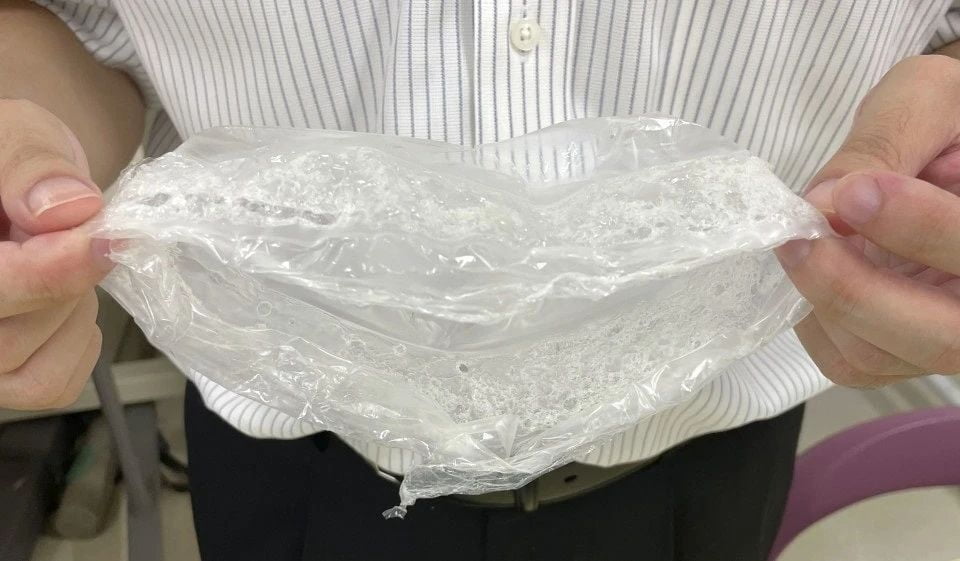Japanese researchers have unveiled a breakthrough bioplastic that combines durability with the ability to degrade quickly in seawater. The material, made from polylactic acid derived from starches such as sugar cane and corn, is a major step forward in the fight against the 30 million tons of plastic waste that pollute the world's oceans.
While conventional PLA is brittle and difficult to produce, the team overcame these limitations by utilizing the plastic production capacity of bacteria. Through genetic modification, they achieved large-scale production of an enhanced degradable PLA called LAHB.

By blending LAHB with conventional PLA, they achieved transparency and enhanced its versatility. The plastic combines durability and rapid seawater degradation, offering hope for ocean cleanup.
The Japanese government, which aims to increase the use of bioplastics to 2 million tons by 2030, sees this innovation as a key step in their biomanufacturing plan.
According to Seiichi Taguchi, a key figure in the project, this advancement not only helps to mitigate global warming, but also marks the industrialization of bioplastics. With this advancement, the prospect of cleaner oceans and reduced reliance on petroleum-based plastics is increasingly likely to be realized.

